Reviewed by: Y. Garcia
Sports streaming was supposed to fix everything. No cable bundles, no paying for channels you never touch, no gatekeeping by old-school broadcasters.
Instead, we built a maze, a digital scavenger hunt where finding your team feels like a side gig that requires multiple apps, a stack of subscriptions, and a crash course in media rights.
Ask anyone who tried to watch Monday Night Football and discovered their YouTube TV plan no longer included ESPN. Or baseball fans juggling regional sports networks, MLB.tv, local broadcasts, and now Amazon Prime Video just to keep up with one season.
Sound familiar? Welcome to modern sports streaming, a technological marvel that somehow made watching games harder.
The numbers back it up. The number of sports fans in the US grew from 168 million in 2022 to 195 million in 2025, fueled by streaming. Yet 46% of consumers believe it is getting harder to find what they want to watch. More content, more confusion.
This fragmentation is not just annoying; it is changing how we experience sports. Traditional broadcast models built around passive viewing are giving way to interactive, personalized experiences. The transition left a tangle of platforms, paywalls, and technical hurdles that even tech-savvy fans struggle with.
The great sports rights shuffle: How we got here
Follow the money. Live sports became the crown jewel of media, and economics, not technology, triggered the chaos.
It started quietly. Streaming was “added value” for pay TV, the same feeds on more devices. Think of it as the portable radio that came with your home stereo. Then, platforms realized live events keep people subscribed.
The spending is massive. Media companies are projected to spend about $33 billion on national sports rights in 2025. Streamers nearly doubled their stake to $7.1 billion since 2023. Not incremental bumps, a full-on shift in value.
Amazon’s $1 billion per year for Thursday Night Football showed tech firms would pay broadcast prices for premium events. Netflix secured a $5 billion deal to stream WWE Raw starting in 2025, its biggest live bet to date. Entertainment-first platforms now see sports as subscriber glue.
Here is where things splinter. Leagues are carving up media rights into separate packages to pull in more bidders. What used to be simple, local teams on regional networks and national games on big broadcasters, is now sliced across dozens of platforms. Great for league revenue, brutal for fans.
The result is dizzying. Watching a full NFL season requires access to multiple services, including ABC, NBC, FOX, CBS, ESPN, Amazon Prime Video, Netflix, NFL Sunday Ticket, NFL Network, and Peacock. Even more telling, a single MLB game between the Los Angeles Dodgers and San Francisco Giants was distributed across 51 linear channels, a subscription to MLB TV, five virtual multichannel video programming distributors, and Amazon Prime Video at the local level.
From a rights holder’s viewpoint, the math is tidy; more bidders raise prices and diversify revenue. For viewers, subscription whiplash makes the old bundle look simple.
The consumer experience breakdown
The human cost shows up in how fans watch, or simply give up.
The frustration is measurable. Nearly one-third (33%) say content and service fragmentation hurts their overall TV experience. For 25- to 34-year-olds, it jumps to 40%.
Time is another tax. Globally, viewers spend an average of 14 minutes searching for something to watch. France is at 26 minutes. In the United States, search time climbed from 10.5 minutes in 2023 to 12 minutes.
People bail — 19% of streaming users frequently abandon their searches and do something else. Among 18 to 24-year-olds, it is 29%. If fans cannot quickly find a game, they walk.
Money stress adds up. 69% of avid sports fans say juggling multiple services is a hassle, up 6 points year over year. 61% say finding games is more confusing than ever, up 7 points.
And churn is not a bluff. 49% of viewers say they are very or somewhat likely to cancel a subscription if they cannot find something to watch, rising to 56% among 25- to 34-year-olds. Exclusivity boosts revenue, then nudges customers to the exit.
The technology paradox: More options, less satisfaction
Technology made it possible to watch anywhere, anytime. The surge in platforms made it harder to enjoy. Full stop.
Viewing habits are now split-screen. Fans increasingly consume across multiple devices while engaging with social media and interactive platforms. 64% still prefer traditional TV, almost a third watch on phones or tablets, and 17% follow multiple events at once.
In theory, more access should mean more joy. In practice, technical limits keep spoiling big moments. Network latency remains a concern, with real-time alerts spoiling slightly delayed action. Poor internet connections still plague viewers, buffering at crunch time.
The worst offender is not bandwidth, it is discovery. The search and recommendation tools meant to fix fragmentation are coming up short. 55% of viewers use internet searches to find programs, slightly more than the 54% who browse within streaming platforms. More than half turn to Google just to figure out where to watch their team.
Recommendations do not rescue it. Only 28% choose what to watch based on service recommendations, and 27% say recommendation engines are not helpful at all. Systems built for on-demand entertainment struggle with time-sensitive, geo-restricted, rights-fragmented live sports.
That is the paradox. We built sophisticated delivery, personalization, and multi-platform experiences, yet finding a game can be harder than flipping to channel 4 on a Sunday. Advancement without user-centered integration just adds complexity.
What fans actually want (and why it matters)
Under the chaos, fan preferences point to obvious fixes if the industry puts user experience ahead of exclusivity.
First, simplify. 66% want a service to tell them where to find specific programs, even if the content sits on a different provider. The same percentage want a unified guide that shows everything available: navigation, not another silo.
Second, consolidate with real value. 59% of fans would pay extra for a service that consolidates the sports they want in one place, rising to 70% for Gen Z and 80% for millennials.
Behavior shifts matter. When live sports are unavailable, 62% of fans shift their attention outside streaming platforms entirely. Among younger viewers, it is 79%. Fragmentation does not just create friction; it risks losing fans to other activities.
Industry responses so far are narrow. Recent bundling initiatives do not address the bigger challenge of knowing where a specific game is being broadcast. A bundle that still forces fans to guess who has tonight’s game is not a solution.
Loyalty is evolving, too. More than half, 56%, expect a shift toward more fluid, athlete-driven fandom rather than rigid team loyalty. That favors personalized, cross-league experiences over rights-first thinking.
Fans want accessibility, transparency, and value. Not freebies, not limitless access, just a sane way to watch without twelve subscriptions and a spreadsheet.
The path forward: Innovation amid the chaos
Messy does not mean hopeless. There are straightforward fixes that preserve choice while repairing access.
The tech is not the blocker. A data feed is enough to power an interface that tells fans exactly where a game is playing and deep links to it, regardless of channel or service. Prioritize basic metadata, share it, and discovery improves fast.
AI can help. AI-powered platforms are curating personalized experiences based on viewer preferences. AI can also generate highlights and recaps by detecting key moments such as goals, touchdowns, or pivotal plays. These tools can navigate rights restrictions and geography to surface what is actually available.
Business models are loosening up. Rights holders are experimenting with match-specific passes, highlights-only tiers, and flexible pause and resume access. Casual fans get a taste, diehards can still go all in, and pricing becomes flexible.
Strategy is the hinge. Organizations should adopt omnichannel approaches, gather better data about fans, and then use it to boost viewership and engagement. Compete on experience, not just on who owns what for how long.
Leaders know the cultural stakes. The challenge is not just technological but cultural; keep the communal feel that makes sports compelling while adding personalized, interactive features. Balance the human element with modern tools, or the spark fades.
The solutions exist. What is missing is coordination that puts long-term fan engagement ahead of short-term wins.
Finding order in the streaming chaos
Streaming delivered plenty of content, personalization, and flexibility that traditional TV never offered. It also introduced new hurdles that make sports harder to watch.
The data shows urgency and upside. Sports fans are increasingly finding streaming fragmentation a hassle, even as the number of sports fans in the US grew from 168 million in 2022 to 195 million in 2025 — more fans than ever, more friction than there should be.
The answer is not rolling back innovation or pretending the old cable bundle is returning. The industry should accept that unbundling of league and team rights will likely become more widespread over time. Unified discovery and seamless access are not nice-to-haves; they are the plan.
PRO TIP: The companies that win will solve navigation, not add clutter. Metadata partners have the program and sports data streamlined and normalized to solve today’s frustrations. The technical pieces are already on the table.
What is needed now is the will to implement at scale. The current path, platforms competing through exclusivity and fragmentation while fans grow more frustrated, cannot hold.
When live sports are unavailable, 62% of fans shift their attention outside streaming platforms entirely, with 79% among younger viewers. That is not just friction; that is leakage.
Bottom line, a fragmented hot mess is not sustainable, not for fans, not for leagues, not for platforms that depend on engaged, paying subscribers.
Fans are clear about what they want: unified discovery, transparent access, and reasonable pricing for the sports they care about.
The technology exists. The open question is whether the industry will prioritize long-term satisfaction over short-term positioning. Whoever strikes that balance will own the future of sports entertainment.





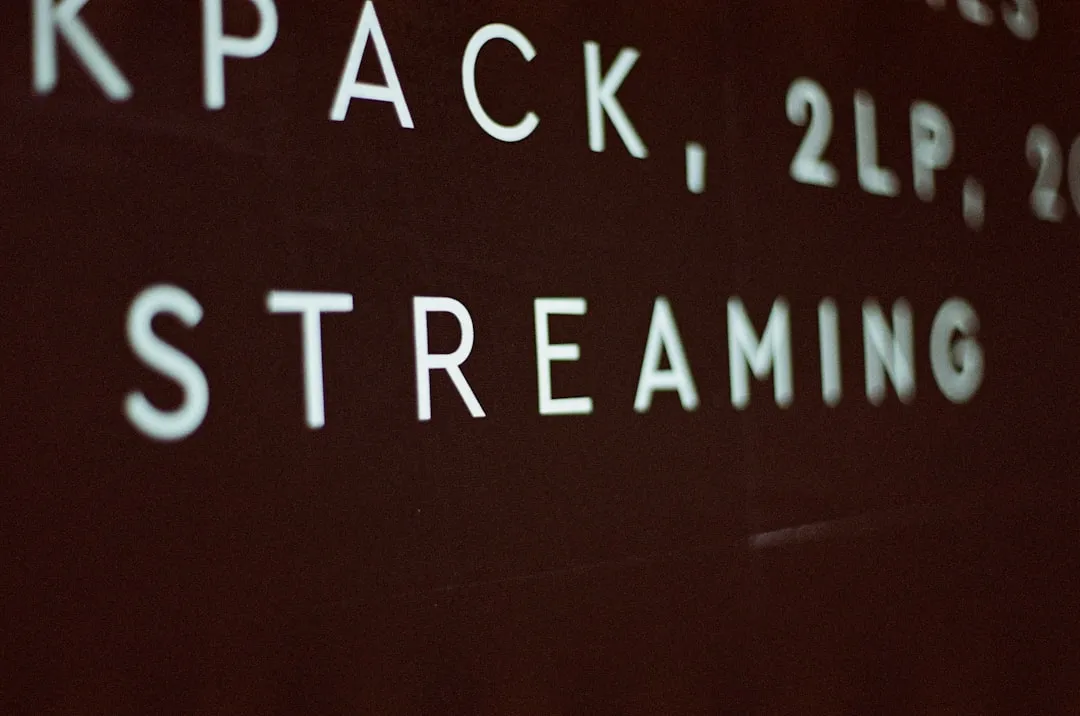
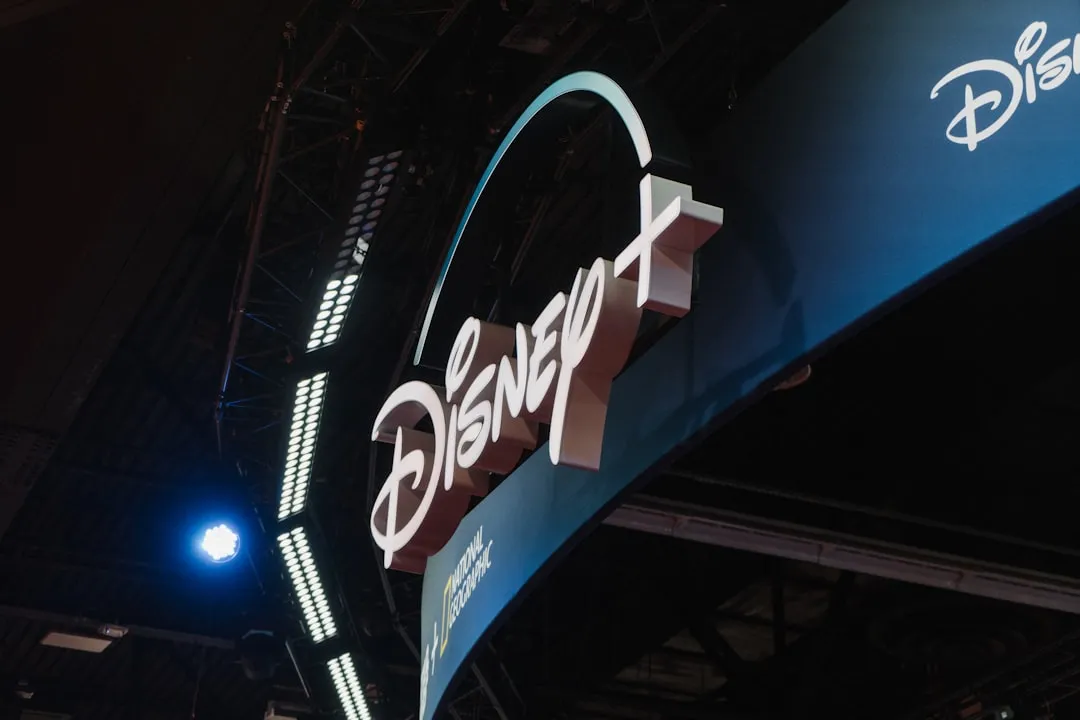
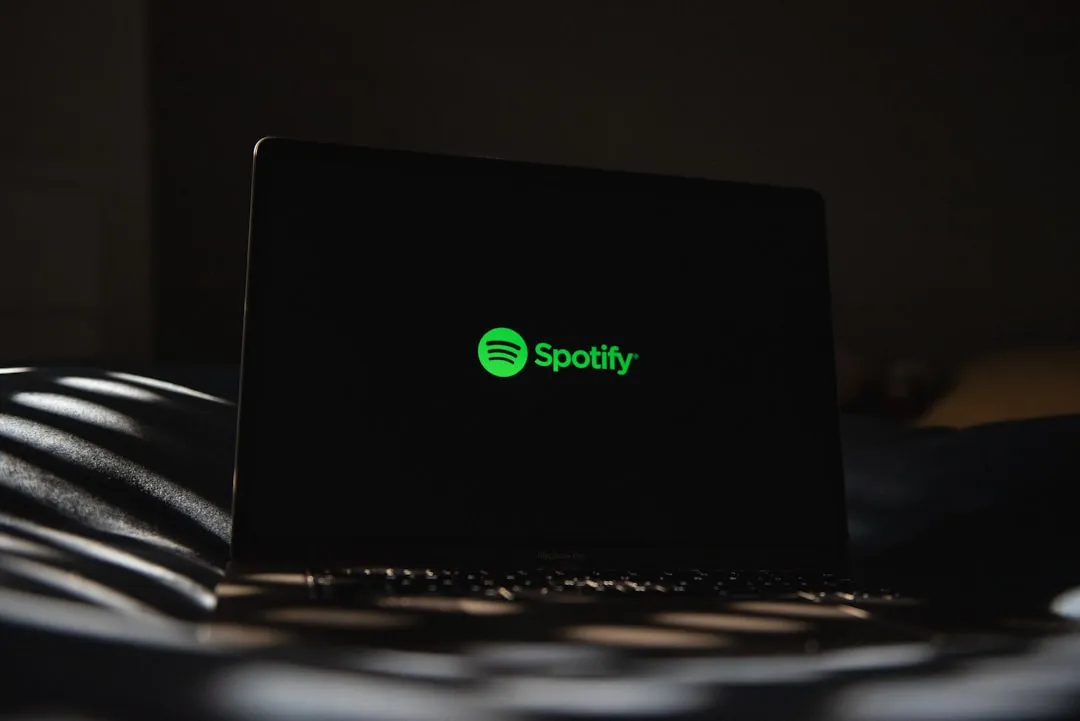



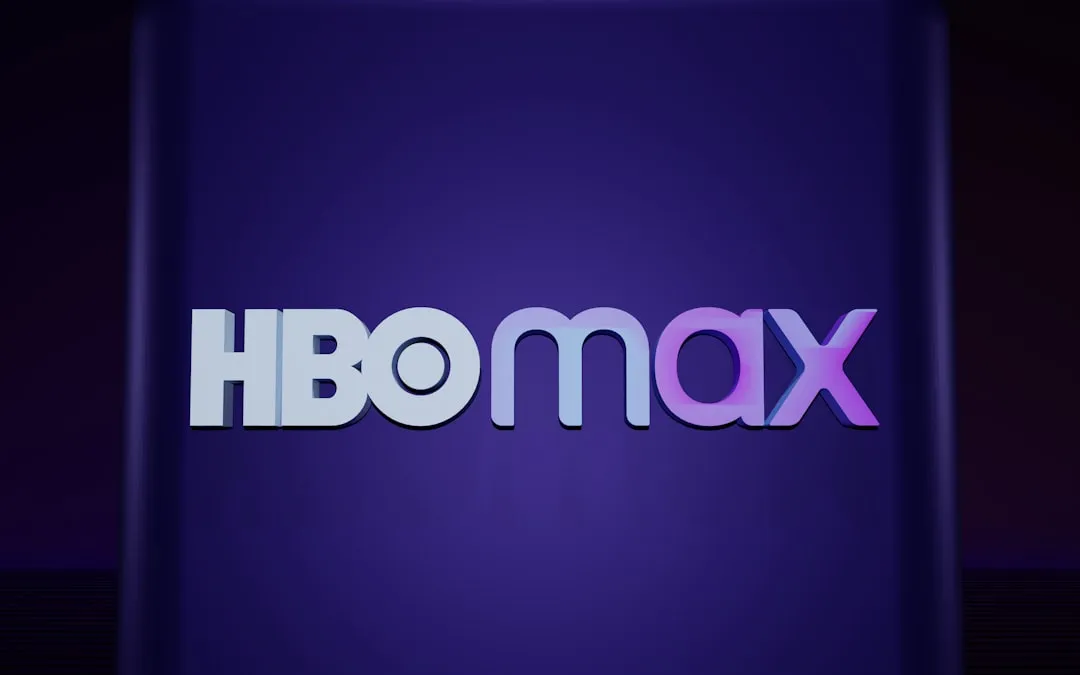


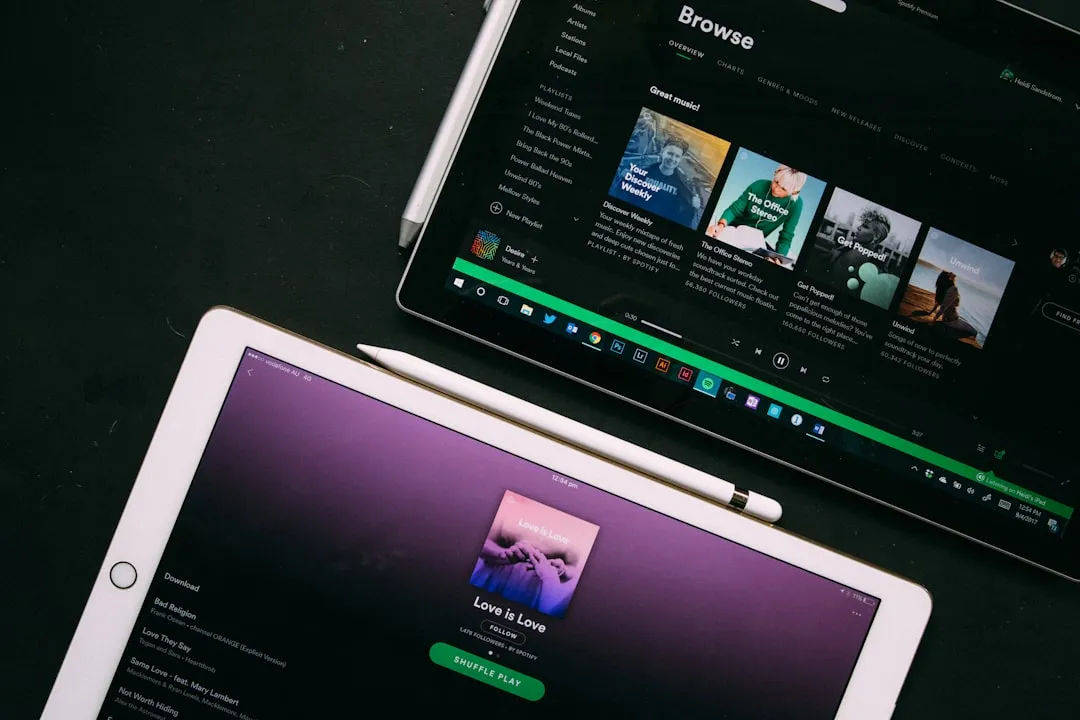

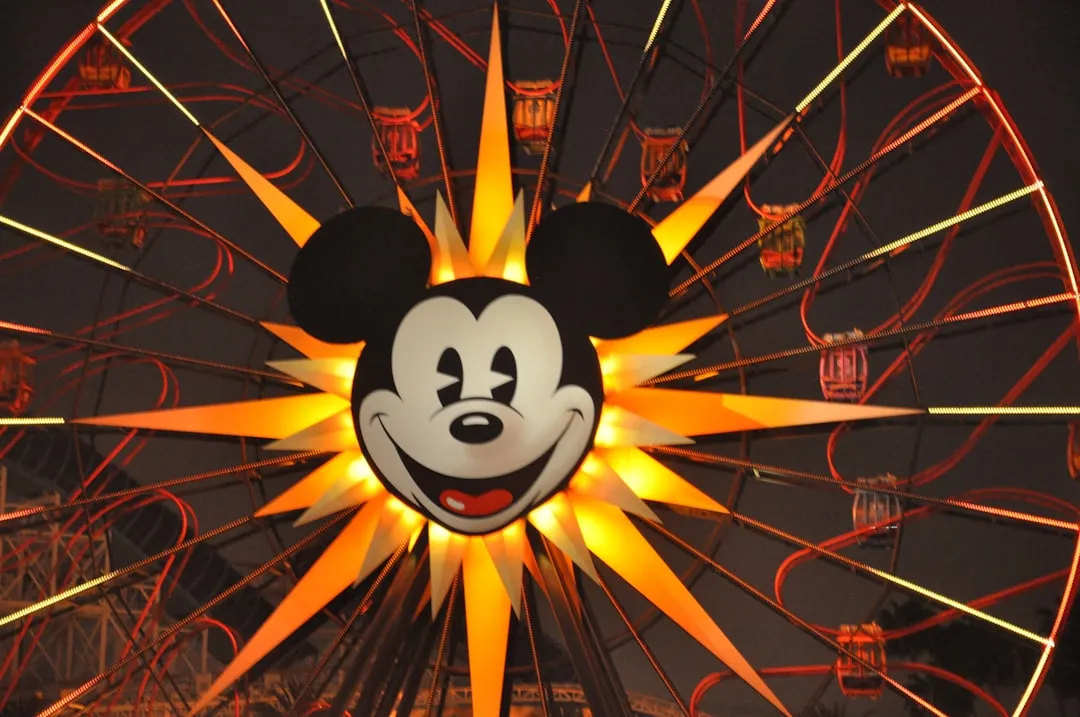
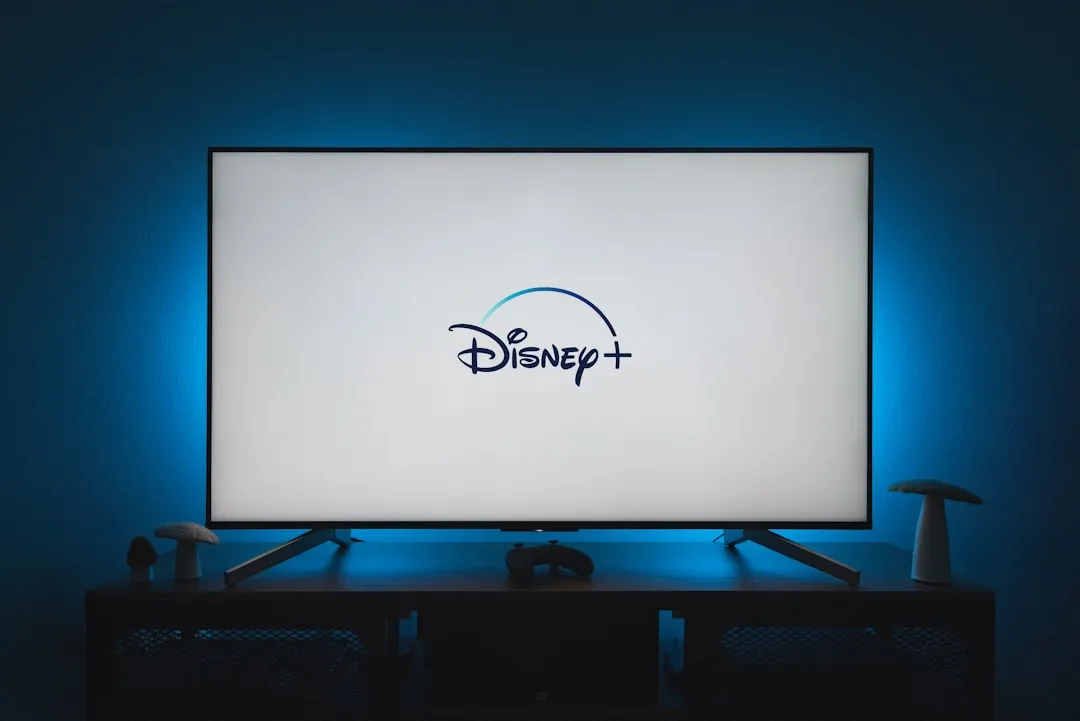

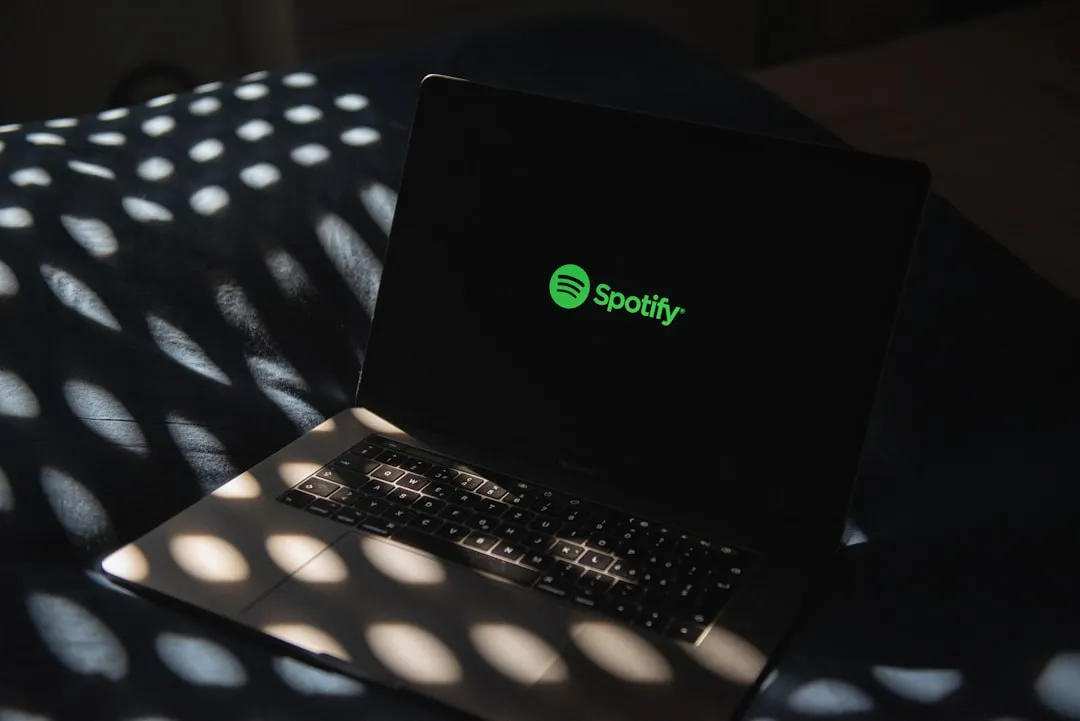

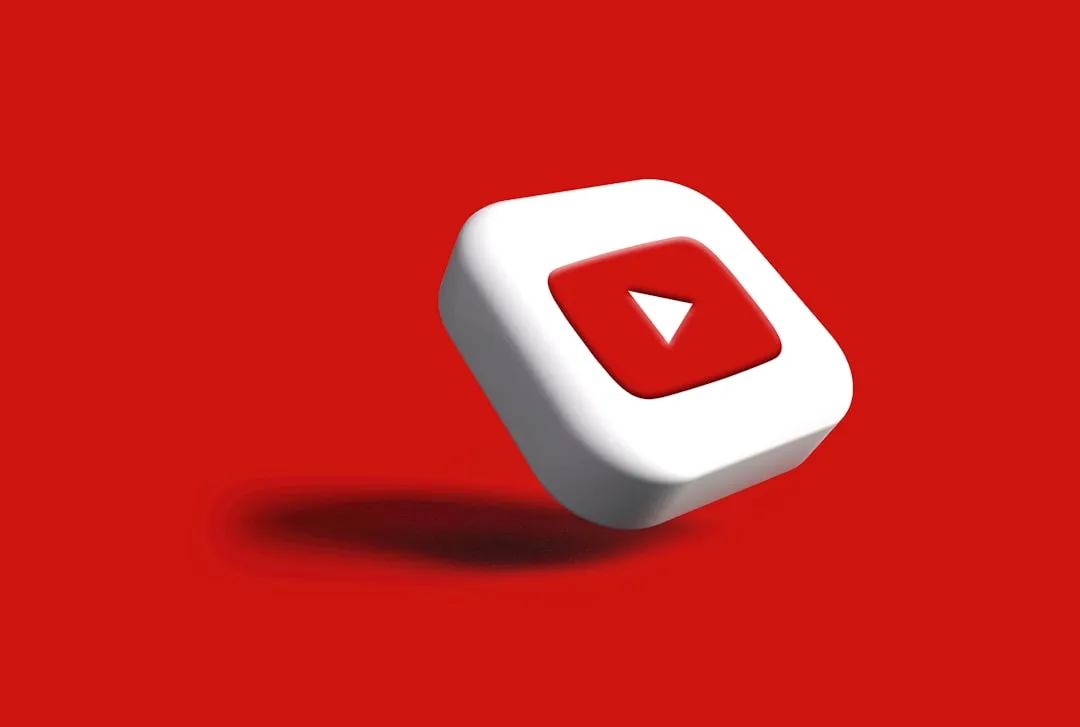
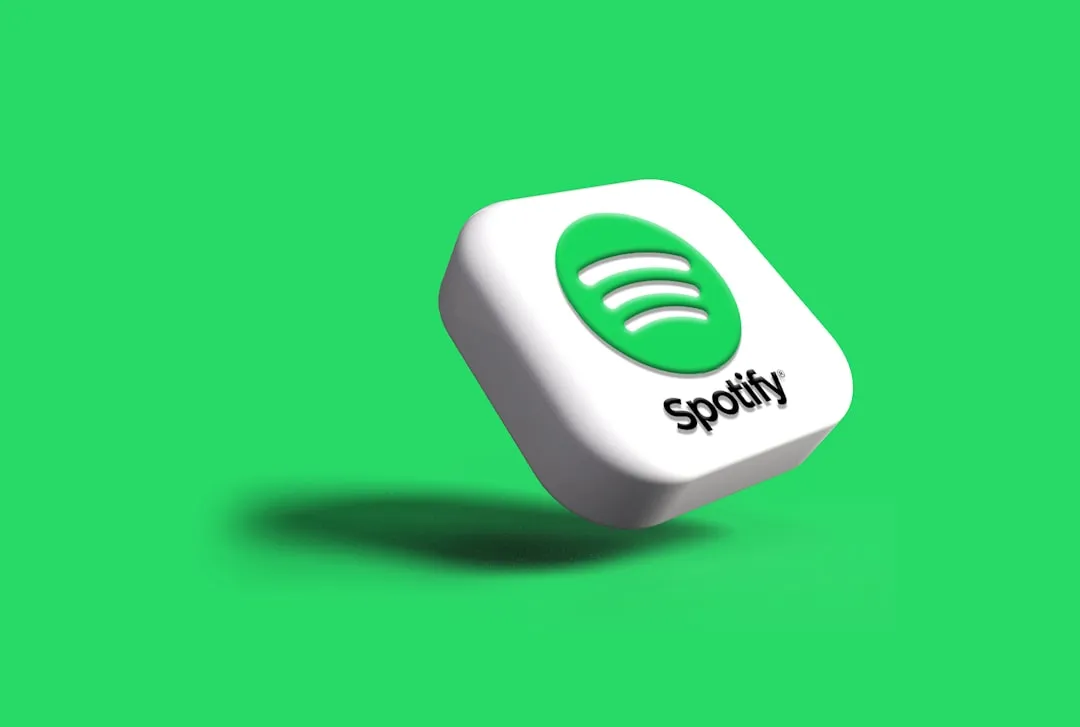
Comments
Be the first, drop a comment!